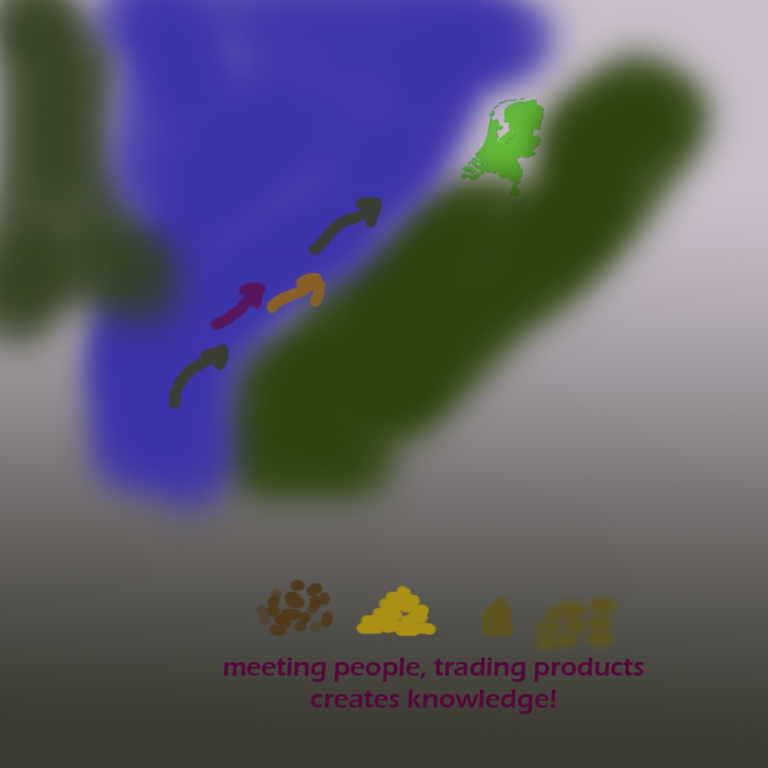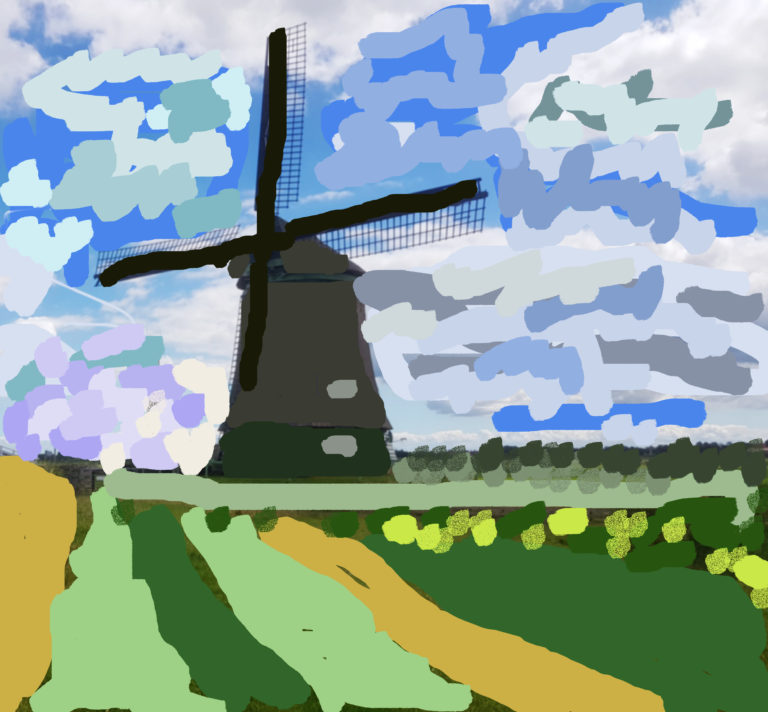The story starts with conquering the land from the sea
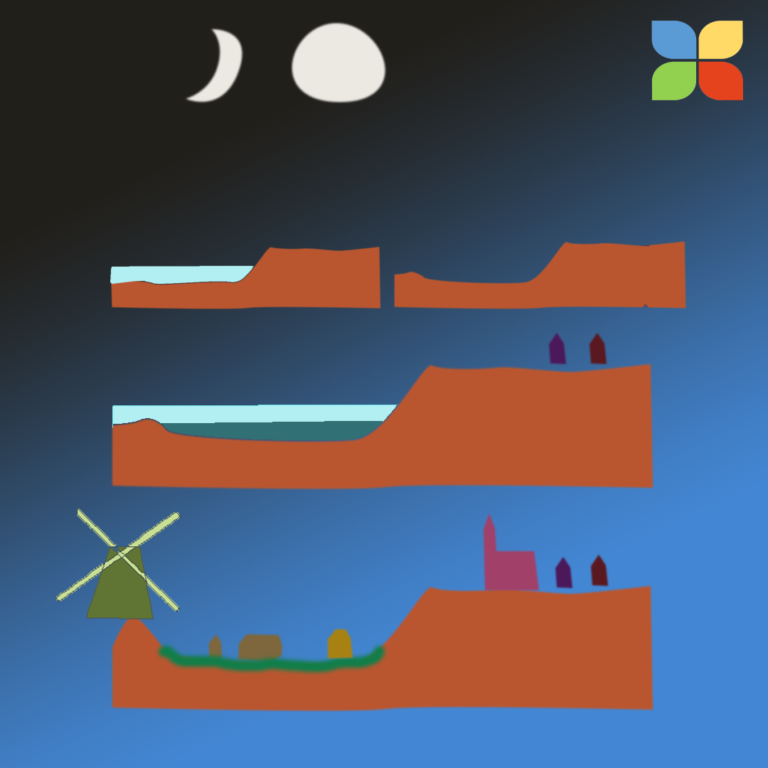
history of Holland
The poldermodel is the way of comunicating along various organisations like cities, villages, foundations for watermanagement and economic connections.
Depending on the moon some land falls dry becauses of the tides.
Building a dike creates possibility to live on the land if you are capable of eliminating the water. Huge mills pump the water.
The increasing of land to expand involves control and regulation of important means to survive living below sealevel. The height of water is important for safety and agriculture and needs adjusting after experiences. The learning to communicate in very many networks is a continious proces and does increase still. The sharing of ideas and wealth is very common to the Dutch people and lasts many years.
The first steps were making dikes to make bounderies for the sea. Mills are being used to pump the water from the polder to the sea. After completing the land is ready to build houses and farms on the very nutrious ground. Several older polders are ready. The size depends, but many square kilometers are common.
Starting managing the water
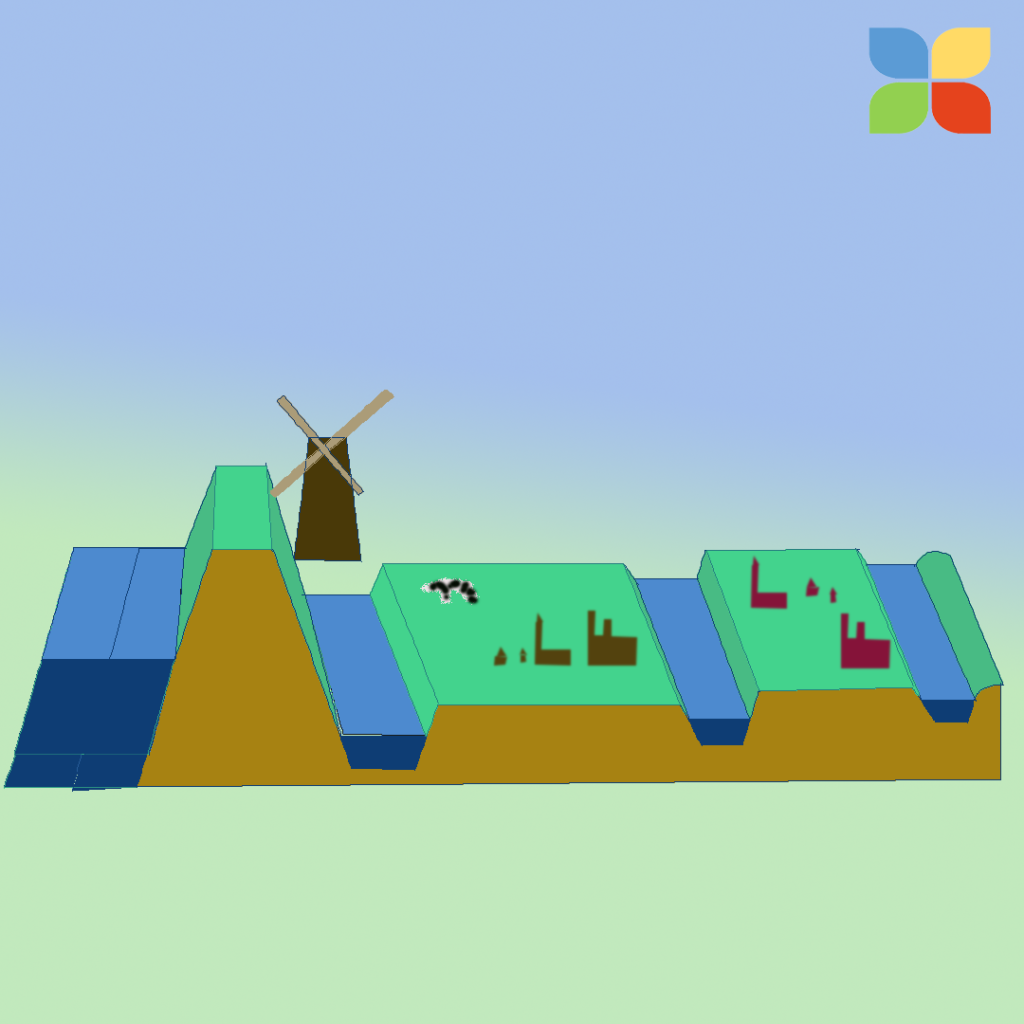
Managing together, we call 'poldermodel'
After finishing dikes the water from rain has to be managed, it must be pumped. This
required gathering and weighing the interests of several parties with their own concerns. These few hundred years of dicussing about environment has built a good network and system of agreements and appointments. In Holland we call this “poldermodel”. The way of solving problems in Holland has its origin in fighting the water and united operations to be safe in the Netherlands.
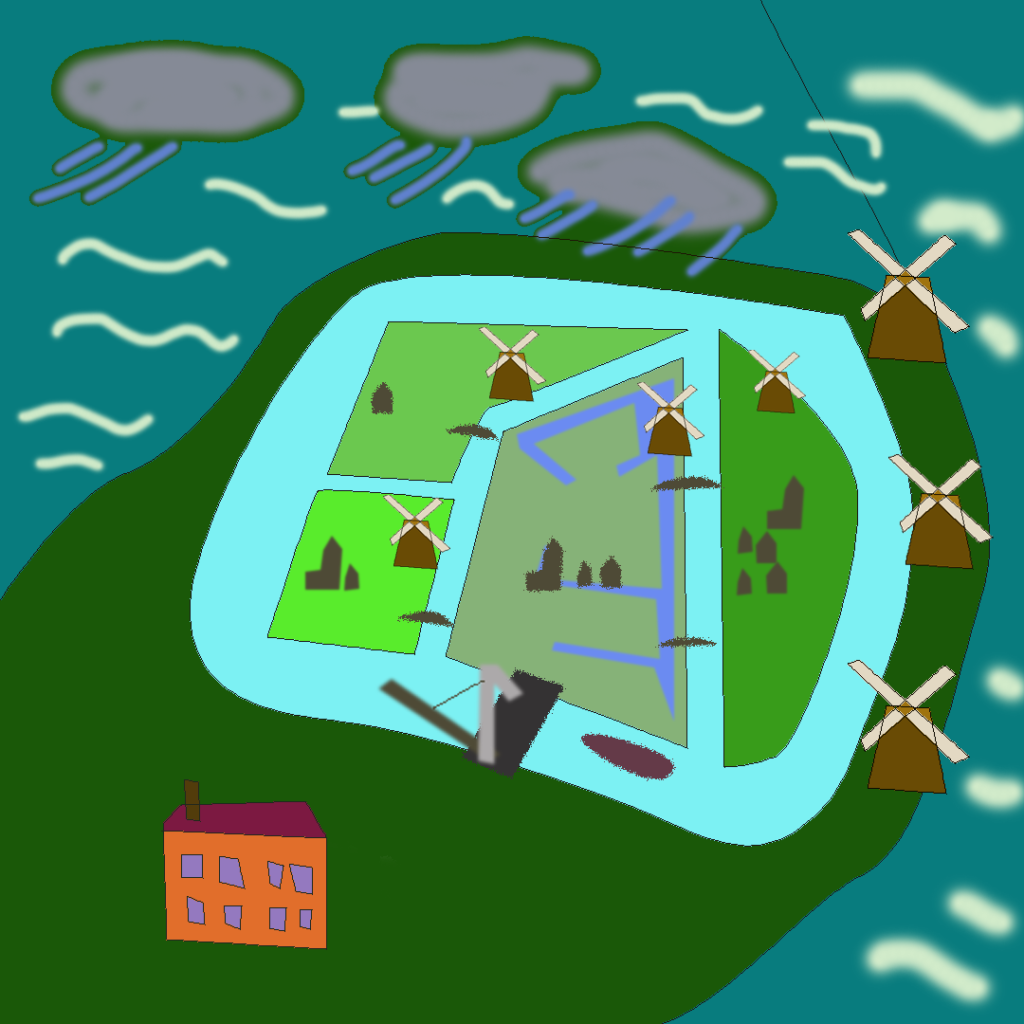
Wicked enginering
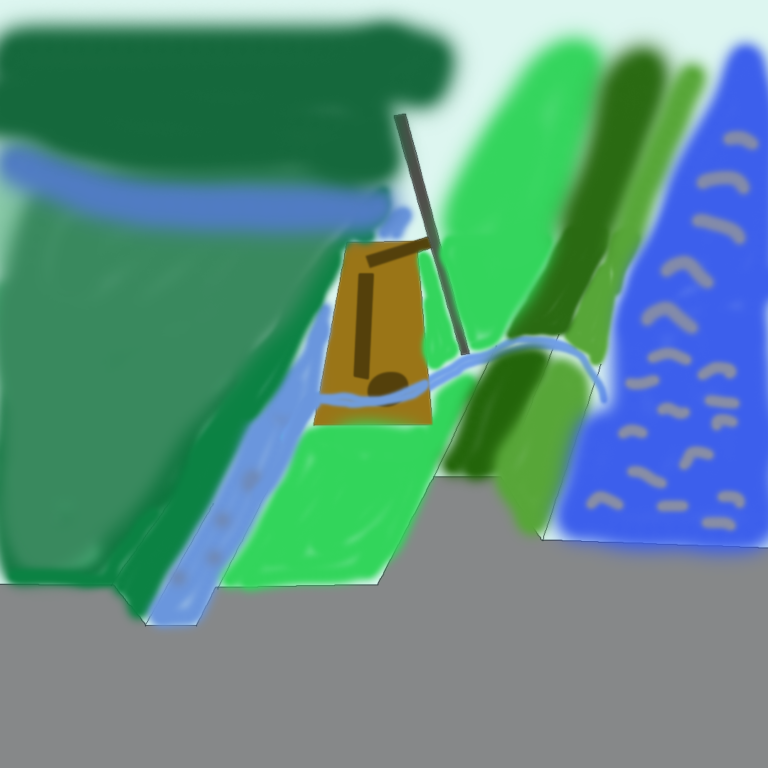
See the way the wind makes the mill rotate. The rotation makes the pumping possible, so the water is being pumped out the polder to the higher level at the other side of the dike.
Imagine: many mills used wind to use the rotation of the free energy.
Very quick the rotation was used for other purposes, so the amaount of mills increased very rapid!
Trading by boat
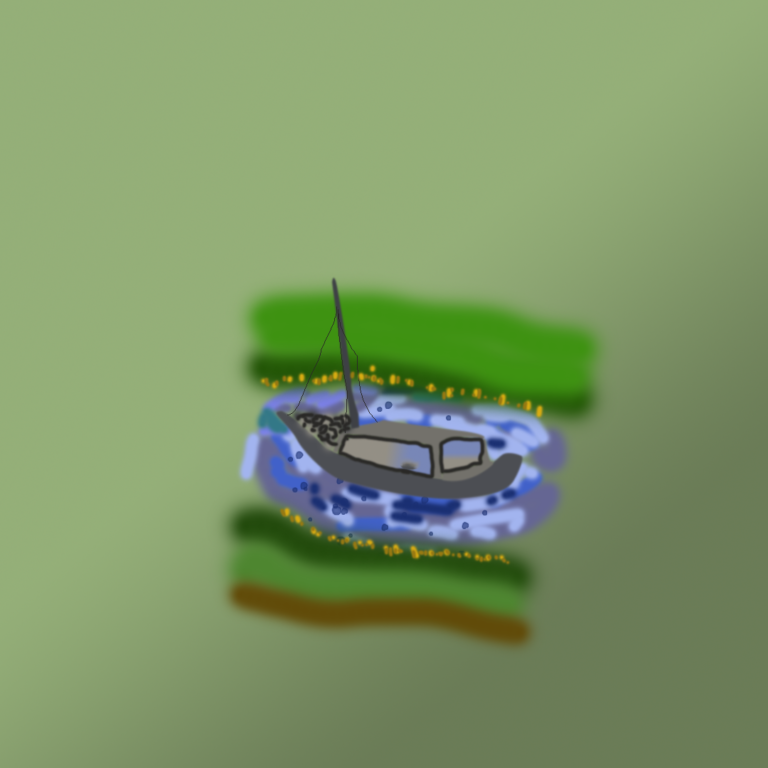
several councils to rule
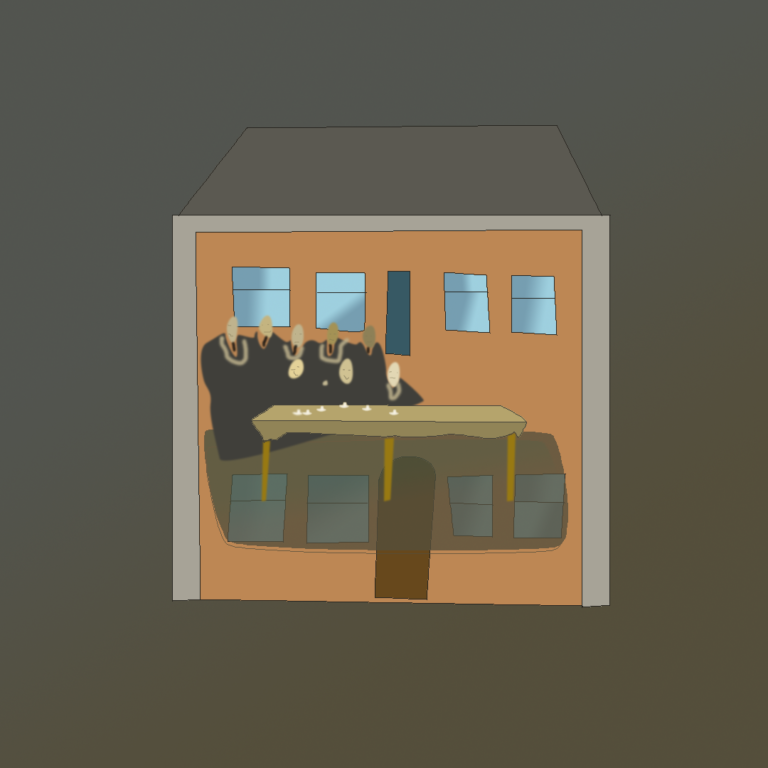
factory with energy by steam
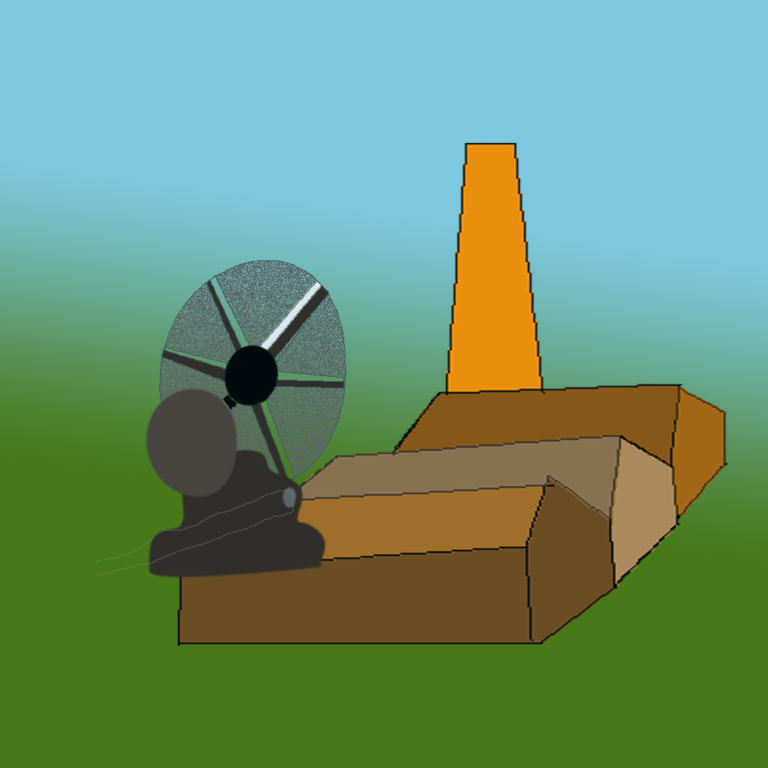
trading worldwide
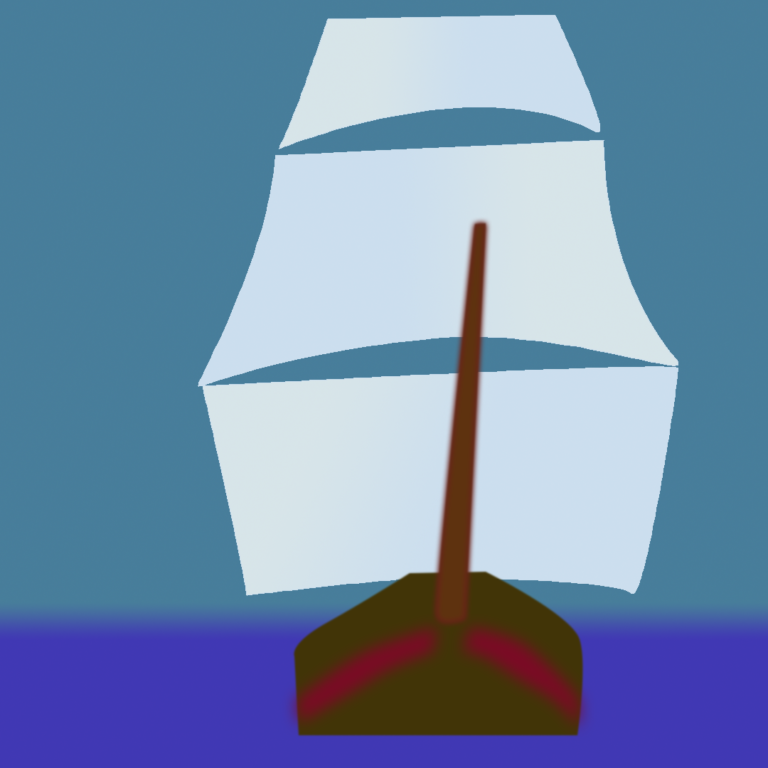
Trading and wealth creates more wealth
